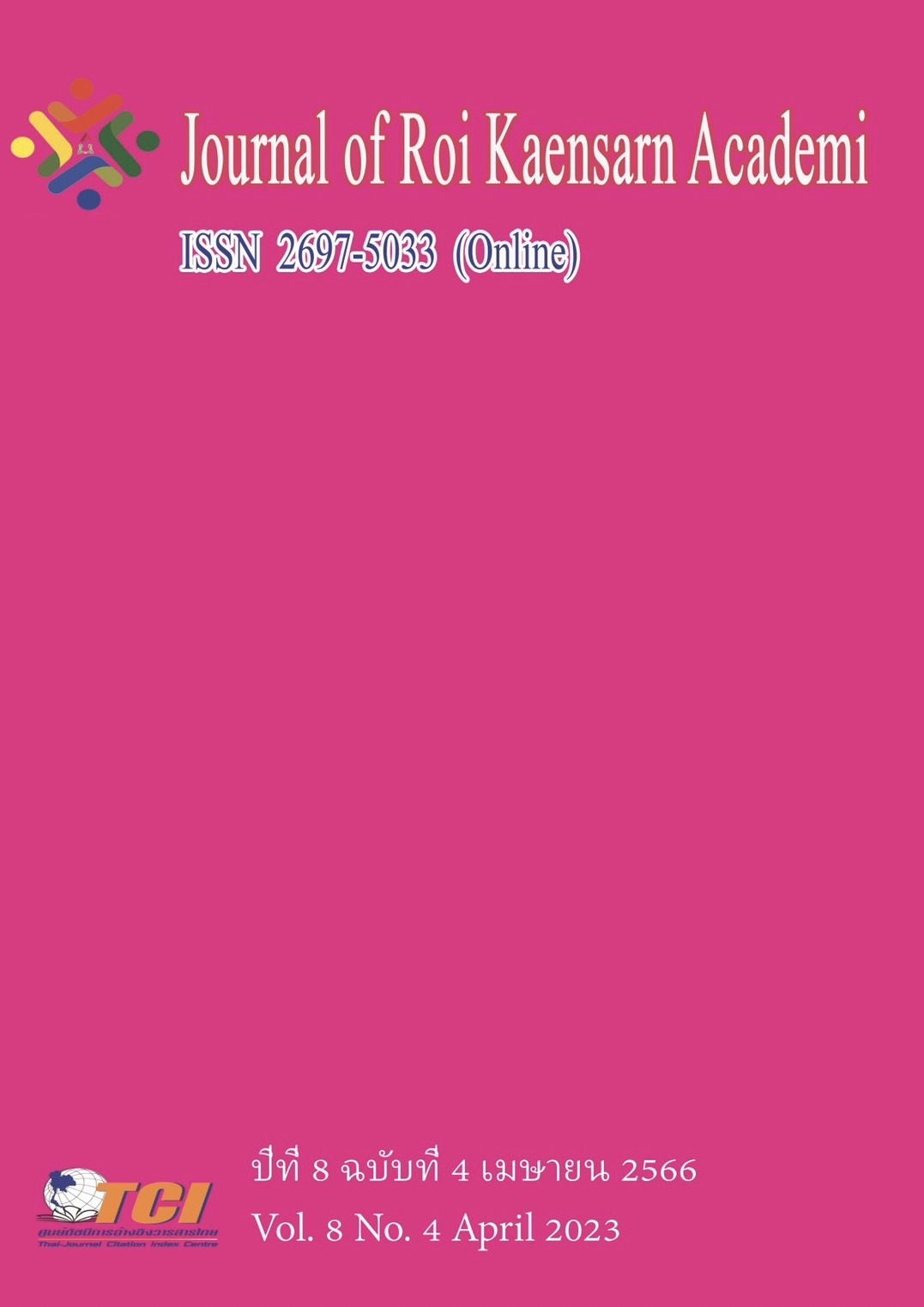The hybridity of Singapore English : A case study of stylistic variation across two situations
Main Article Content
บทคัดย่อ
Standard Singapore English (SSE) and Colloquial Singapore English (CSE) have been studied from many angles as to identify differences in their phonological, grammatical, and morphological structures. However, previous studies on the continuum of the switch between SSE and CSE by Singaporean are very limited. Hence, the aim of this case study is to implement the new Cultural Orientation Model (COM) by Alsagoff as an approach to analyze the conversation of formal and informal situations by focusing on three reflected variables: phonological, morphological and a discourse marker. Result shows that phonological variable of non-standard variant occur more compared to the informal situations, specifically the voiced alveolar stop [d] taking place of voiced dental fricative [ð] in word-initial position. In terms of morphological variable, the uninflected verb form was a complete absence in a formal situation, specifically the deletion of inflectional affixes such the affix ‘-ed’ to denote past tense and the ‘-ing’ affix to denote the progressive form. Lastly, the discourse marker ‘like’ was more frequent in informal situation. This shows that although CSE is valued in Singapore, the use of SSE by Singaporean is still preferred in formal context to integrate themselves with a global audience. Singaporean appears to negotiate between two opposing macro-cultural orientations by choice: globalist and localist. Result provides qualified support for COM by Alsagoff. Recommendations on utilization and further research are also discussed.
Article Details
เอกสารอ้างอิง
Alsagoff, L. (1998). Society, style and structure in language. Singapore: Prentice Hall.
Alsagoff, L. (2007). Singlish: Negotiating culture, capital and identity. In Language, capital, culture (23-46). Brill.
Ferguson, C. A. (1959). Diglossia. Word. 15 (2), 325-340.
García Viera, S. (2017). Language identity and multiculturalism: A case study on Singlish.
Harada, S. 2009. The Roles of Singapore Standard English and Singlish. 情報研究, 40, 69-81.
Leimgruber, J. 2011. Singapore English. Published in Language and Linguistics Compass
Lim, L., Pakir, A., & Wee, L. (Eds.). (2010). English in Singapore: Modernity and management. (Vol. 1). Hong Kong University Press. United States. Routledge.
Platt, John T. (1975). The Singapore English speech continuum and its basilect ‘Singlish’ as a ‘creoloid’. Anthropological Linguistics. 17, 363–374.
Wang, H. L. (2015). An In-depth Study of the Role and Development of English in Singapore. The journal of Morioka University, 32, 69-80.

